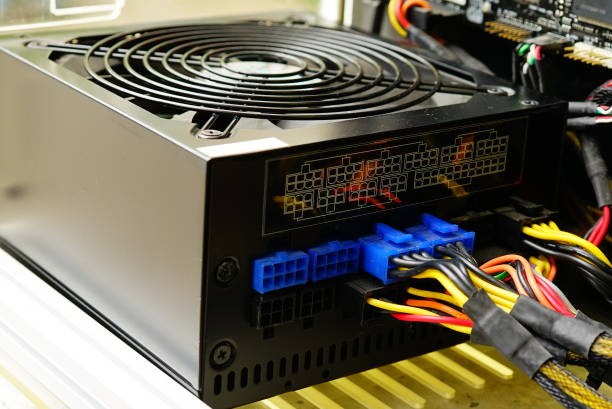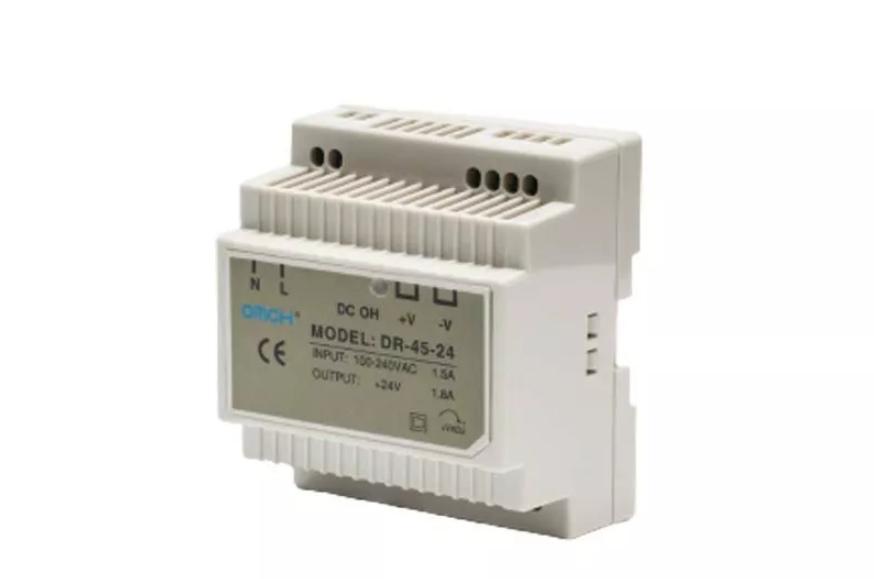


Sensitive devices are ticking time-bombs in residential or commercial spaces with unreliable electrical supplies. With power-hungry 3D printers, it won't take long before you realize that an old building with a failing power system is the least you'd want to be in. A tiny interruption could force-reset your 3D printer. It would be an excessive waste of materials, time, and other resources if you had the device printing for ten hours, only for it to stop and go back to square one. However, we're still seeing the tip of the iceberg. Many 3D Printers have frail circuit boards that could get toasted when the lights flicker. When this unfortunate incident happens, there's no other choice but to gather up all your coins to purchase another 3D printer. Whether you are a buyer or a builder, knowledge of the 3D Printer power supply is crucial if you don't want to experience horrible things due to inadequate power supply and other scenarios. Here are five things you should know.
Owners upgrade their printer's power supply for many reasons. One is to fix issues like overheating. While poor wirings may sometimes be the culprit, opening up the unit might reveal some print leftovers indicating failure of some parts due to power interruptions. This problem points to the PSU. You can even attribute noisy fan motors to a low-quality power supply—yes, it touches almost everything.
However, it takes an experienced technician to fix all these wirings and stuff. One sloppy mistake in rewiring its sensitive parts could mean goodbye to the entire 3D Printer unit. There are YouTube tutorials for every model, so don't be a know-it-all, or you might end up ponying for a new purchase you could have avoided.


When doing power supply-related DIYs, DC voltage levels should be common knowledge to you. If 12V and 24V don't ring a bell, you better talk to an expert before deciding on 3D Printer upgrades. Cutting to the chase, the 24V is a more recommended DC voltage as it ensures higher performance.
Whatever voltage level you choose, it must be compatible with the current heated bed and extruder. You'll be able to know what your hot end has if you find its specifications.
Those with advanced knowledge of power supplies and how a sudden energy supply cut could ruin a sensitive device know a thing or two about UPS. The role of this item is to provide enough backup power so that the printer can power down safely. But that's not all. Uninterrupted power supplies may be insufficient as they cannot last enough to support bigger loads. While there are recommended UPS types and capacities for various 3D printers, you also need to consider the power of the printer consumed, the power supply to the circuit, and fluctuations. Thus, UPS recommendations are not always accurate.

Installing safety precautions is worth everything. If your AC terminals short-circuited to each other, it could ruin your 12-hour print, or worse, burn the house down. Avoid these instances by using a switch-mode power supply and covering any exposed wires. Ultimately, the quality of your PSU matters. An unbranded power supply is always a suspicious material and requires great attention. Avoid immense losses by making good 3D printer choices.